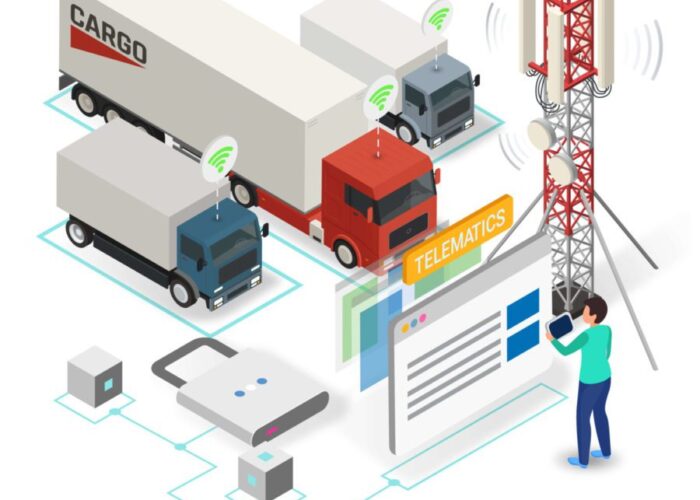Aeris is deeply involved in the fleet telematics sector, providing fleet management connectivity to over 2 million commercial vehicles. (You can check out a few case studies here, here and here). As a trusted partner in IoT, many of our customers have asked us for tips and best practices for expanding their vehicle tracking solutions to include video.
“The benefits of video telematics in fleet management are clear – accident prevention, driver performance monitoring, incident fault resolution, and more. However incorporating video into fleet management solutions introduces new connectivity requirements that must be identified and met to ensure success.” – Mohsen Mohseninia, VP of Market Development, Europe, Aeris
Over the years we’ve learned a few key lessons that will help you avoid common pitfalls and get on path to success as you design the connectivity element of your fleet video telematics solution. As documented in our new whitepaper, “Getting Fleet Video Telematics Right”, those lessons include:
- Careful device configuration to ensure close coordination with the radio access network, to minimize latency in video upload is absolutely essential for time- critical insurance first notice of loss, emergency treatment, law enforcement response, and operational recovery. Ask your provider for examples of times that they have helped customers configure devices to reduce latency and by how much. (For example, we at Aeris have helped customers reduce latency by 70% through these means).
- Discounted, pooled rates can dramatically reduce costs — by up to 50% in our experience. Many providers will offer a slight discount for high data use plans, but the largest savings come from purchasing pools of data for use across multiple devices, and applying mid-month rate plan changes when needed.
- Mission critical reliability requires end-to-end visibility and control over your entire connected operation, along with application of deeply experienced resources that know how to put it all to proper use.
As experienced fleet telematics providers are aware, compared to simple mass-market consumer cellular devices and apps, complex enterprise IoT solutions are inherently more prone to issues, because of the greater number of software layers and sources involved in the end-to-end solution. And experience shows that the most common and costly issues occur in the device and application layers.
We built the Aeris Intelligent IoT Network — the only cellular IoT network that provides end-to-end visibility and control over your entire connected operation globally and at scale — to meet mission-critical performance, reliability and security requirements at fully optimized costs. To find out how Aeris can help you configure your connected dashcams for success, talk to an expert today.



